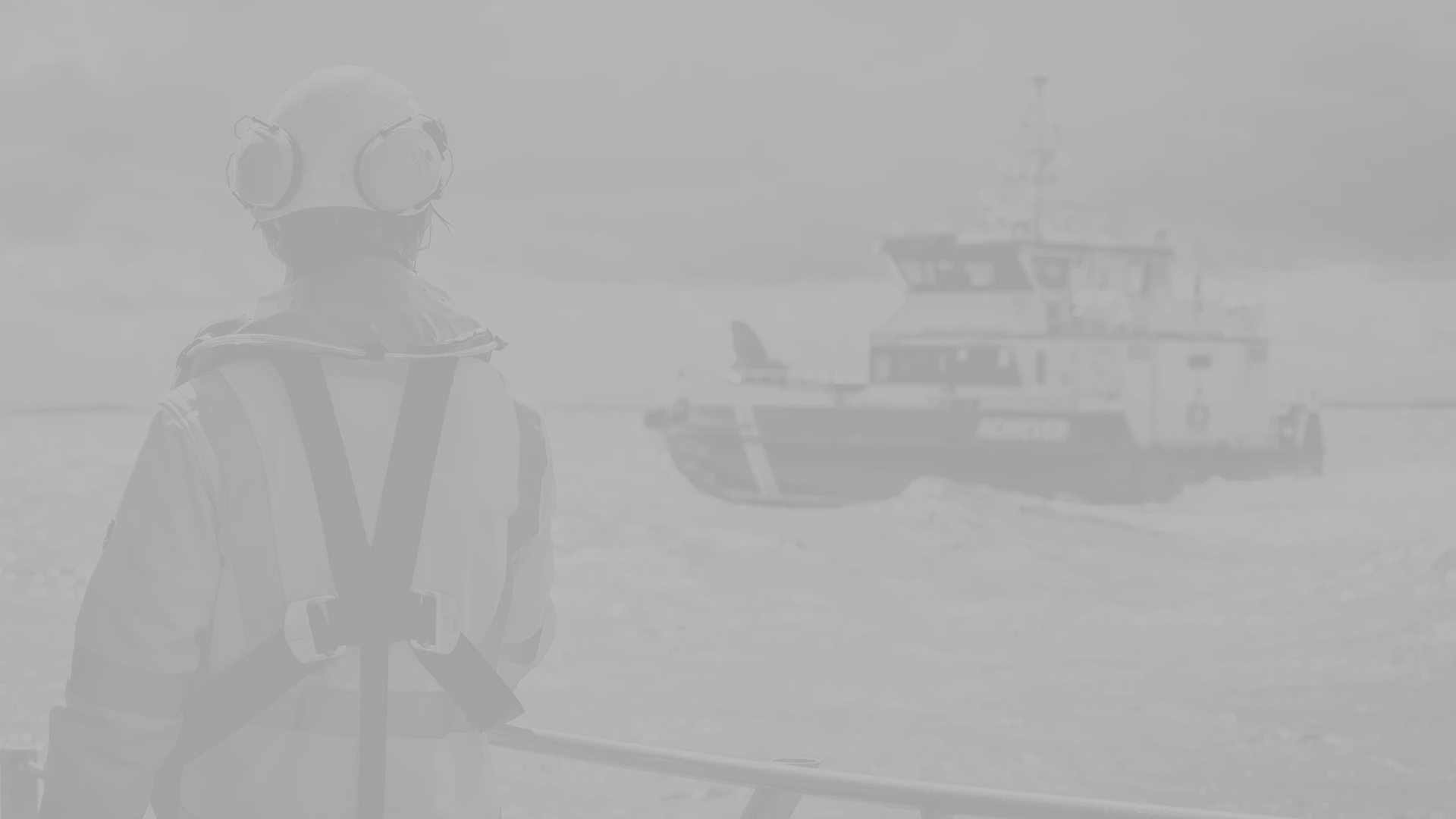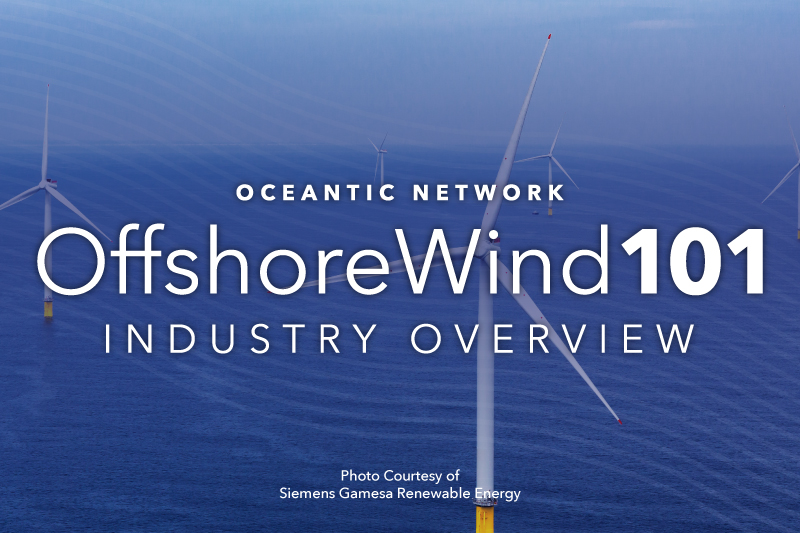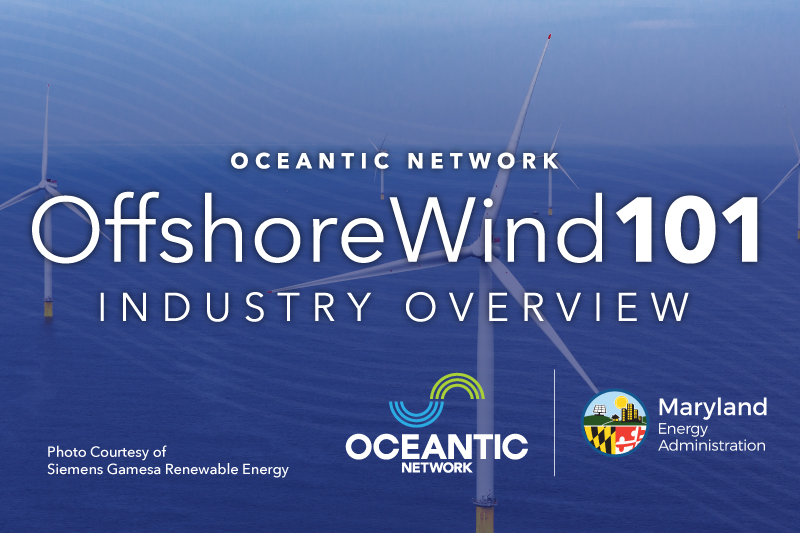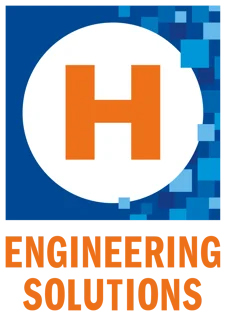
Heerema Engineering Solutions
The installation of an offshore wind farm is a critical phase in any development, which is why a robust and cost-effective construction strategy is essential. Heerema Engineering Solutions has developed Metis, a parallel discrete event simulation tool, to ensure clients can gain insights into project durations, costs, and risks. By analyzing these insights, Hereema optimizes project execution strategies to provide the best chance for project completion in a cost-effective and timely manner.

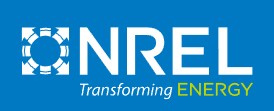
National Offshore Wind Research & Development Consortium (NOWRDC), National Renewable Energy Laboratory (NREL), Joint Industry Project (JIP) Participants
The National Offshore Wind Research and Development Consortium (NOWRDC) has joined forces with leading subject matter researchers from the U.S. Department of Energy’s National Renewable Energy Laboratory (NREL) to deepen the understanding of wake effects by considering various wind farm layouts, turbine spacing, and meteorological conditions, to ensure optimal power generation and efficiency in future US offshore wind developments. Wake effects, which occur when wind turbines create wind speed shadows behind them, result in a reduced wind resource for downstream turbines.

OSI Renewables
Oil States Industries is the leading global tension-leg platform (TLP) mooring system expert, having manufactured and installed 95% of the world’s TLP mooring systems. OSI Renewables™ leverages Oil States’ more than 40 years of fixed offshore and deepwater floating infrastructure expertise in its patent pending FTLP. The FTLP system is scalable to over 20MW and capable of water depths up to 150 meters and wave heights up to 20 meters, significantly expanding opportunities for offshore wind development. The FTLP also offers a low CO2 footprint, saving up to 4,070 carbon units compared to a semi-submersible hull, and reduces seabed environmental impact by utilizing fewer and smaller anchors.

TGS
TGS, a leading energy data and intelligence company, completed the first large-scale application of ultra-high resolution (UHR) 3D seismic technology specifically for offshore wind in the U.S. market. While UHR technology has been widely used in the oil and gas sector for decades, its application in offshore wind development on this scale was unprecedented in the U.S.

